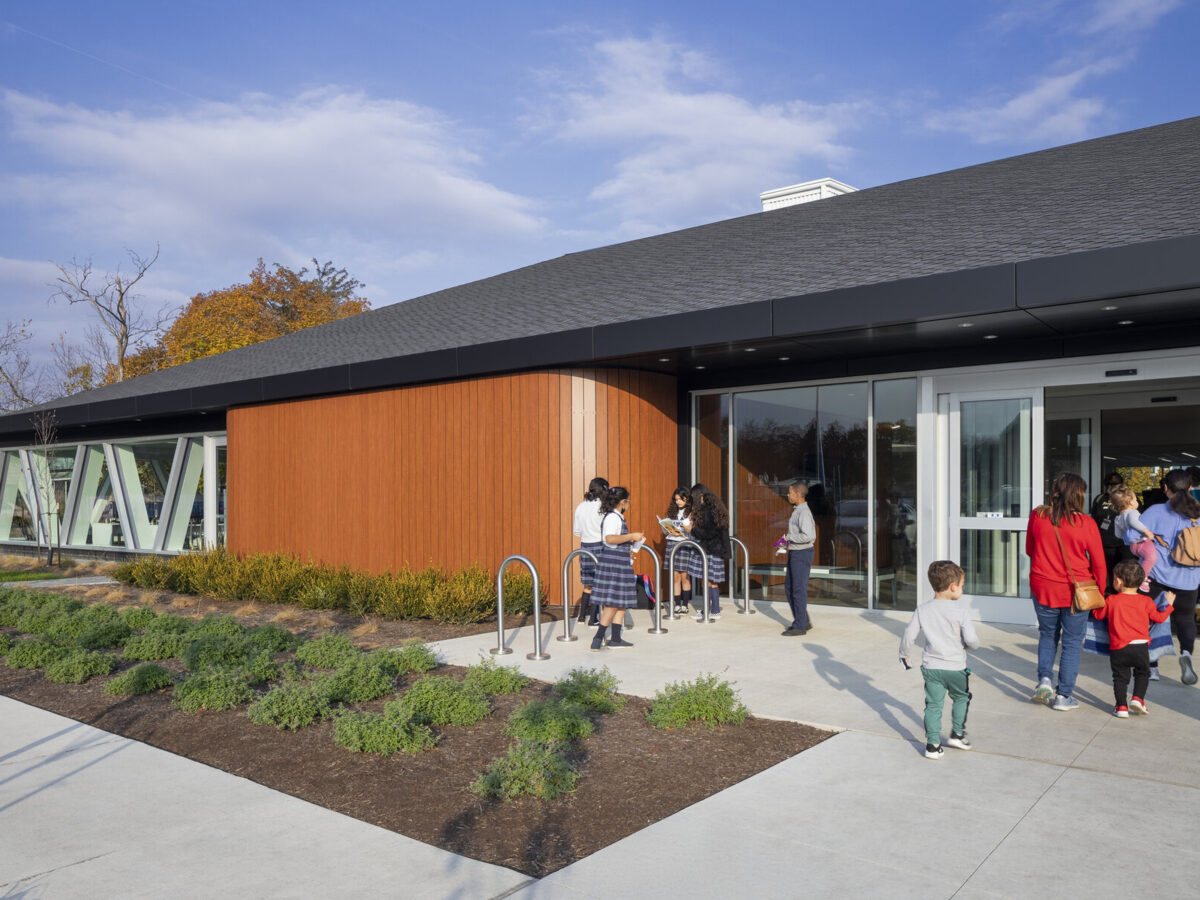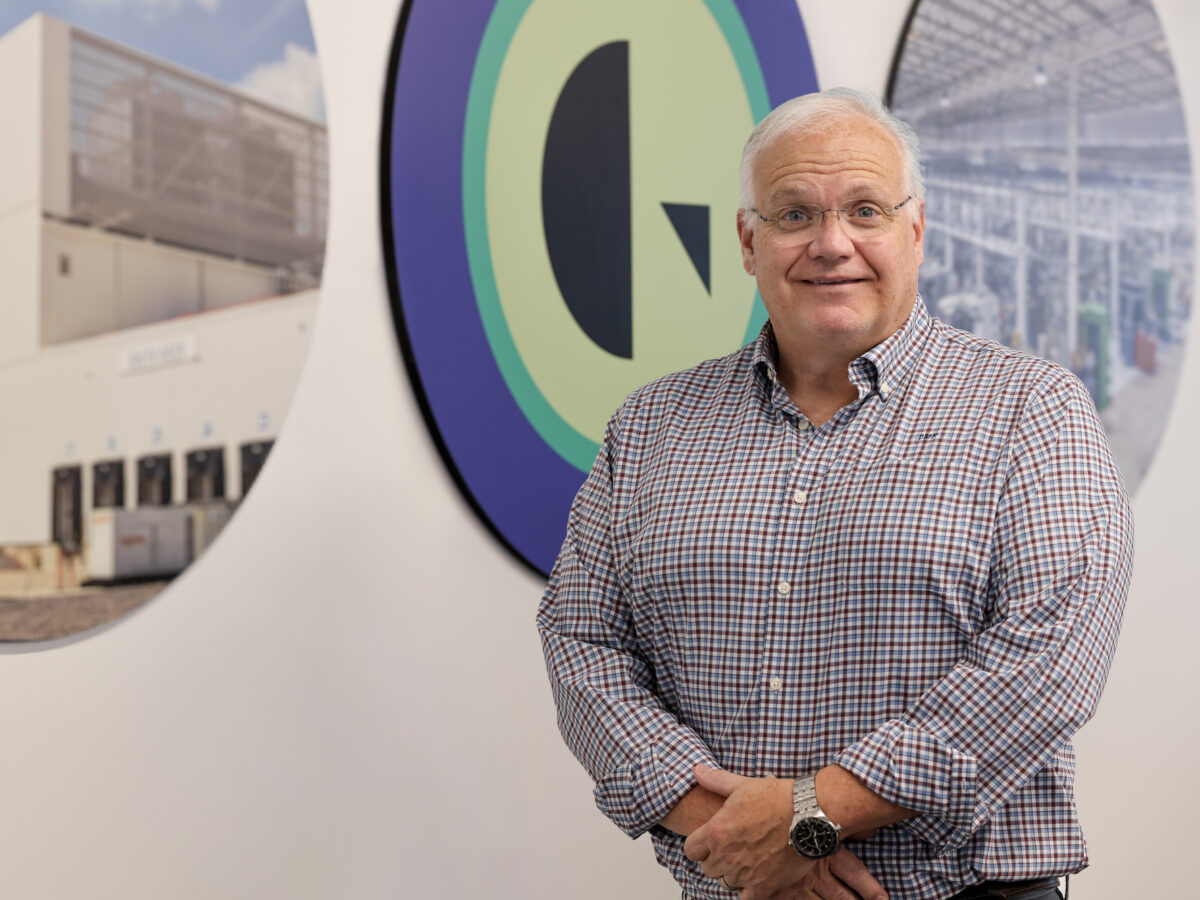National Science, Technology, Engineering, and Math (STEM) Day, celebrated annually on November 8th, was founded in 2015 to inspire young minds in the fields of science, technology, engineering and math. As technology continues to play an increasingly important role in our lives, this is a great opportunity to highlight just how important STEM education is for our children’s future.
STEM careers are some of the fastest growing—and highest paying—careers in today’s job market. Currently, they account for over 7% of the jobs in the United States. According to the U.S. Department of Labor, STEM occupations are projected to grow more than twice as fast in the next decade. We must empower and equip the next generation to meet this demand. Research shows that exposing students to STEM while in elementary school makes them more likely to pursue and be prepared for such career paths.
As an architecture and engineering firm, we appreciate the vital importance of STEM education, since nearly every Gresham Smith employee has followed a path that was charted by exposure to STEM fields. We recently hosted our first-ever “Take Your Child to Work Day,” which brought dozens of employees’ children of varying ages to each of our offices. A massive success and great learning experience, Land Planning Market Vice President Jessica Lucyshyn reflects on the impact of the day:
What was your experience at our recent “Take Your Child to Work Day” event?
Jessica Lucyshyn: I have hoped for this opportunity for a while, so I was excited to see it come to fruition! My two youngest daughters, one who is a high school senior and the other who is a sophomore, attended. They have loved coming to the office since they were little, so they were excited, too. They had fun with all the planned activities, especially seeing the building models and 3D printer, and I enjoyed meeting so many of my colleagues’ children.
Both you and your husband, Andy, are engineers at Gresham Smith. Did this ever have an impact on your children’s interest in the field?
Jessica: Now that they are older and deciding career paths, I can say it did. My oldest is in college and pursuing a degree in engineering and my high school senior plans to do the same. She has wanted to go into transportation engineering since the 6th grade and is now specifically interested in structural engineering for bridges, thanks in part to suggestions from my husband, who works in our Transportation market. My youngest has always been opposed to following in the footsteps of her parents and older siblings, but she has recently started to change her mind and show some interest. Lastly, my other college kid did decide to take a different path to a finance degree—but still stayed within STEM!
Why is it important to expose children to the work environment early on, and specifically, to those in STEM fields?
Jessica: Early exposure and education are important both in and out of the home. My children had a concept of what engineers do because they grew up with two in the home. If that hadn’t been the case—as is true for many kids—they wouldn’t have that same perception or knowledge. There is often an idea that you must love every aspect of math or science to pursue careers in STEM or that everyone in those fields is nerdy or boring. That’s certainly not true, though, and you don’t have to be a genius in those disciplines, you just have to be interested and willing to learn. By exposing children to the reality and excitement of STEM education, it opens their horizons to endless opportunities for growth and discovery in their futures.
In addition to opening doors to potential careers, STEM education also helps children develop critical thinking skills, problem-solving skills and a better understanding of the world around them, further illustrating the importance of interweaving STEM into our everyday lives from an early age. Below are just a few examples of the many STEM activities that kids can do to celebrate National STEM Day. By engaging in these activities, kids can learn about science, technology, engineering and math in a fun and interactive way.
- Build a simple machine: Kids can learn about engineering by building simple machines like pulleys, levers and ramps using household items.
- Conduct science experiments: There are many simple science experiments that kids can do at home, like making a volcano, growing crystals or planting a garden.
- Code a game or website: Kids can learn the basics of coding by creating their own games or websites using free online resources.
- Build a robot: Robotics is a fun and engaging way to learn about engineering and programming.
- Design a bridge: Kids can learn about structural engineering by designing and building bridges using paper, straws or popsicle sticks.
- Take a field trip: Visit museums or learning centers focused on outer space, aviation, biology, technology and other scientific topics.
As technology continues to advance at lightning speed, STEM education will continue to play a crucial role in shaping the future of our society and economy. Even so, it’s not just about preparing students for future careers in STEM fields; there is also the broader, but significant, purpose of cultivating collaboration and creativity among critical thinkers, problem-solvers and innovators. By investing in STEM education, we are building a knowledgeable and skilled generation that will drive economic growth, foster innovation and tackle the most pressing challenges of our time, proving the profound impact it can have on our society.













